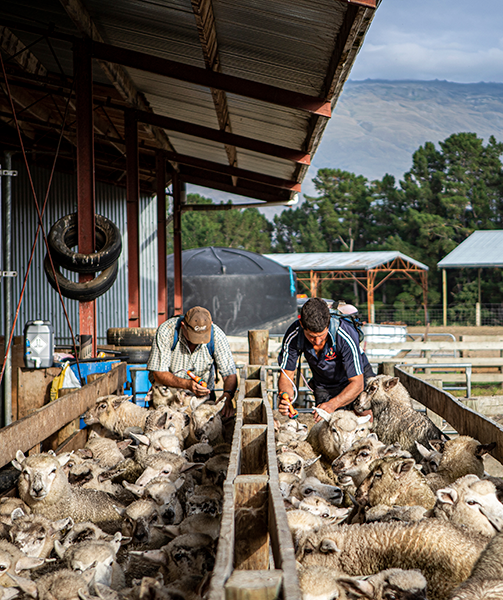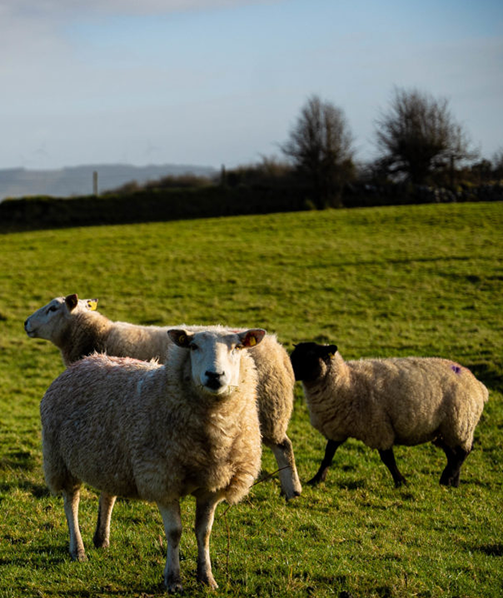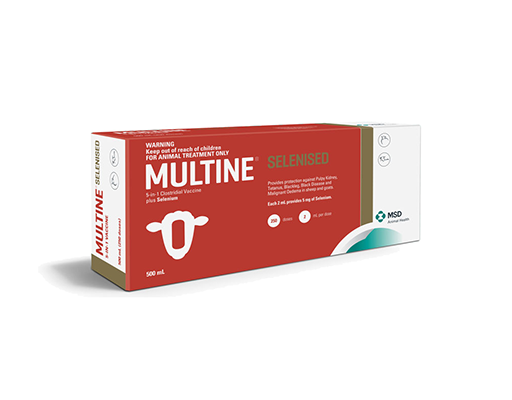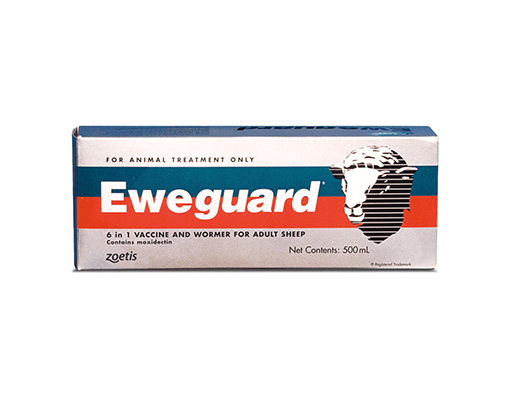Persistent Drenches Give Ewes Longer Protection
Starting your lambing with healthy ewes is a good position to be in. Healthy ewes in good condition will have more vigorous lambs and will produce more colostrum and milk. This results in faster-growing lambs that are off the farm sooner.
Now is the time to ensure your ewes are as healthy as they can be. All ewes should receive at least a 5-in-1 vaccine 3-4 weeks before lambing to protect against clostridial disease. Previously unvaccinated ewes require two vaccinations prior to lambing to build their immunity. This protects them from death caused by these clostridial bacteria during lambing.
The ewes pass their boosted immunity to lambs via colostrum, giving them short-term immunity to tetanus, pulpy kidney and three other deadly clostridial diseases.
It may be too late to improve body condition score in ewes at this point but light, twin-bearing ewes and those on less than 1400kg/DM/ha may benefit from a parasite treatment. If ewes are stressed with low condition, low feed covers or disease (such as worms), this can impact their lactation performance as well as increasing the number of eggs onto pasture. This makes the lambing areas more contaminated for lambs once they start grazing.
Short-acting clean-out drenches have little impact on ewe performance at lambing. They will remove the parasites in the ewe at the time but once back out grazing they will continue to ingest more larvae, which impacts their health, resulting in decreased efficiency and productivity.
Drenches with persistent activity, such as Eweguard®, protect the ewes for longer against the infective parasite larvae. This protection enables their valuable energy reserves to be used for colostrum manufacture or milk production production, rather than trying to fight off a constant parasite challenge.






